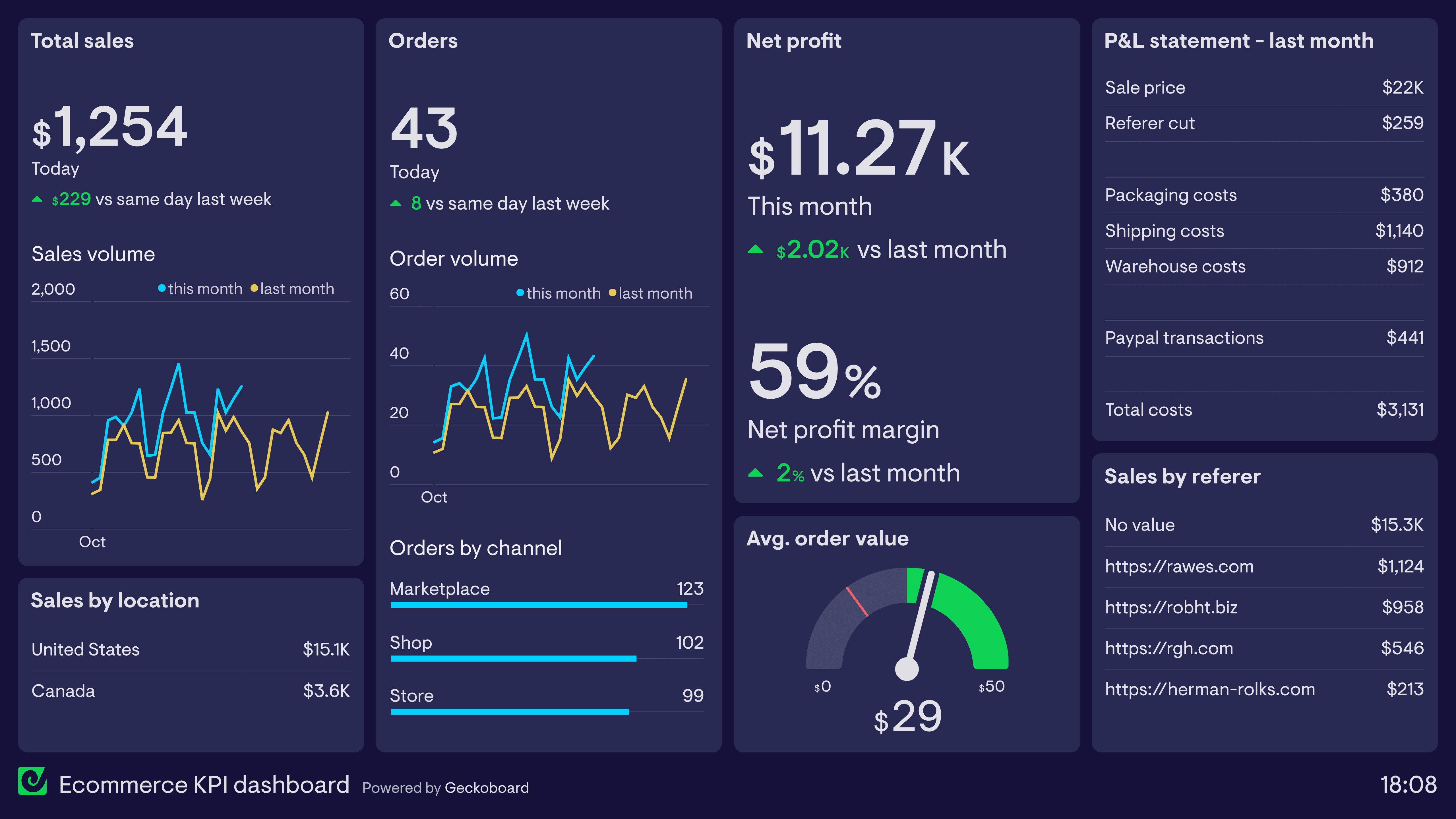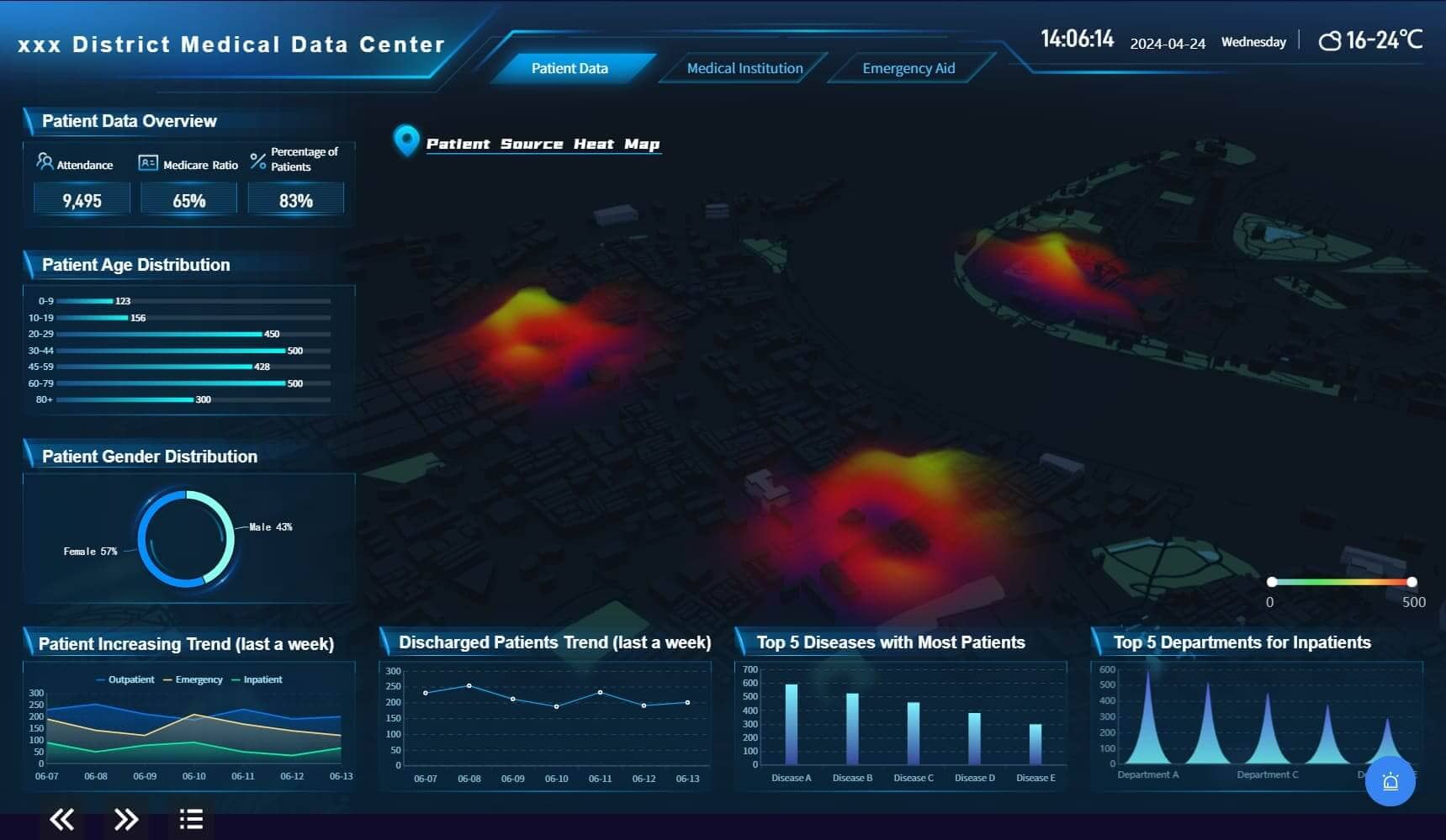

Database as a Service (DBaaS) provides a managed cloud database service, offering access without the complexities of hardware setup or software installation. The evolution of this database service began with the rise of cloud computing, which transformed how businesses operate. The market for Cloud Database and DBaaS is projected to grow from USD 21.3 billion in 2023 to USD 57.5 billion by 2028, reflecting a significant shift towards cloud-based solutions. This database service plays a crucial role in modern computing by offering scalability, cost-efficiency, and high availability, making it an essential component of IT infrastructure.
Understanding Database as a Service
Key Features of Database as a Service
Scalability
Scalability stands as a cornerstone of any robust database service. DBaaS platforms offer elastic infrastructure that can scale up or down seamlessly. This flexibility allows businesses to respond quickly to changing demands. Enterprises can handle varying workloads without over-provisioning resources. This leads to optimized cost efficiency and resource utilization.
Managed Services
Managed services simplify the complexities associated with database management. DBaaS providers handle routine maintenance tasks, including software updates, patch management, and performance tuning. These managed services allow organizations to focus on core business activities. The provider's expertise ensures optimal database performance and reliability.
Security
Security remains a top priority for any database service. DBaaS platforms implement robust security measures to protect data. These measures include encryption, access controls, and regular security audits. Providers also offer automated backups and disaster recovery solutions. This ensures data integrity and availability even in adverse situations.
How Database as a Service Works
Cloud Infrastructure
Cloud infrastructure forms the backbone of DBaaS. Providers host databases on cloud servers, eliminating the need for physical hardware. This setup offers high availability and fault tolerance. Cloud infrastructure enables rapid provisioning and deployment of databases. Users can access their databases from anywhere with an internet connection.
Service Models
Service models in DBaaS vary to meet different needs. Common models include single-tenant and multi-tenant architectures. Single-tenant models offer dedicated resources for each client. Multi-tenant models share resources among multiple clients. Each model has its advantages in terms of cost and performance. Providers often offer both models to cater to diverse requirements.
Types of Database as a Service
SQL Databases
SQL databases remain a popular choice for structured data. DBaaS offerings include relational databases like MySQL, PostgreSQL, and Microsoft SQL Server. These databases support complex queries and transactions. They are ideal for applications requiring ACID (Atomicity, Consistency, Isolation, Durability) compliance. SQL databases offer robust data integrity and reliability.
NoSQL Databases
NoSQL databases cater to unstructured and semi-structured data. Examples include MongoDB, Cassandra, and Couchbase. These databases excel in handling large volumes of data with high velocity. NoSQL databases provide flexible schema design and horizontal scalability. They are suitable for applications like real-time analytics and big data processing.
Benefits of Using Database as a Service
Cost Efficiency
Reduced Hardware Costs
DBaaS eliminates the need for physical hardware. Organizations no longer need to invest in expensive servers and storage devices. This reduction in hardware costs translates to significant savings. Companies can allocate these funds to other critical areas of their business.
Pay-as-you-go Pricing
DBaaS offers a pay-as-you-go pricing model. Businesses only pay for the resources they use. This model provides financial flexibility and predictability. Companies can scale their database usage up or down based on demand. This approach prevents over-provisioning and reduces wasteful spending.
Ease of Management
Automated Backups
DBaaS platforms provide automated backup solutions. These backups occur regularly without manual intervention. Automated backups ensure data safety and quick recovery in case of data loss. This feature simplifies disaster recovery planning and enhances data integrity.
Simplified Maintenance
DBaaS providers handle routine maintenance tasks. These tasks include software updates, patch management, and performance tuning. Simplified maintenance allows organizations to focus on their core business functions. The provider's expertise ensures optimal database performance and reliability.
Enhanced Performance
High Availability
DBaaS platforms offer high availability through redundant infrastructure. Providers use multiple data centers to ensure continuous database access. High availability minimizes downtime and ensures business continuity. This feature is crucial for mission-critical applications.
Load Balancing
DBaaS includes load balancing capabilities. Load balancing distributes database requests across multiple servers. This distribution optimizes resource utilization and improves response times. Load balancing ensures consistent performance even during peak usage periods.
Case Studies:
- Oracle’s DBaaS Benefits: Oracle’s DBaaS technology reduces the complexity and cost of managing databases.
- Global Cloud Database DBaaS Market Trends: The benefits of DBaaS, including scalability and performance guarantees, are driving its adoption.
- DBaaS Use in Organizations: Organizations are increasingly using DBaaS to streamline database management tasks.
- DBaaS Platform Market Growth: DBaaS solutions offer scalability, cost-effectiveness, and flexibility, appealing to businesses aiming to optimize their database operations.
- DBaaS Adoption Trends: Businesses are adopting DBaaS solutions to simplify data handling and achieve cost savings.
Comparing Database as a Service with Traditional Database Management
Setup and Configuration
Initial Setup
DBaaS simplifies the initial setup process. Providers handle the provisioning of the database environment. Users avoid the need for physical hardware installation. The setup process becomes faster and more efficient. Traditional database management requires significant time and resources. IT teams must configure servers, storage, and network infrastructure.
Ongoing Configuration
DBaaS platforms offer streamlined ongoing configuration. Providers manage software updates and patches. Users benefit from automated performance tuning. Traditional databases demand continuous manual intervention. IT teams must monitor and adjust configurations regularly. This process can become time-consuming and prone to errors.
Maintenance and Support
Manual vs. Automated Maintenance
DBaaS offers automated maintenance solutions. Providers handle routine tasks such as backups and security updates. Users experience reduced administrative burdens. Traditional databases require manual maintenance efforts. IT teams must perform regular backups and apply patches. This manual approach increases the risk of human error.
Support Services
DBaaS includes comprehensive support services. Providers offer 24/7 technical assistance. Users receive expert guidance on database issues. Traditional database management often lacks dedicated support. Organizations may need to hire specialized staff. This can lead to increased operational costs and delays in issue resolution.
Cost Implications
Upfront Costs
DBaaS reduces upfront costs significantly. Users avoid expenses related to physical hardware. Providers include licensing and provisioning in the subscription fee. Traditional databases involve high initial investments. Organizations must purchase servers, storage devices, and licenses. These costs can strain budgets, especially for small businesses.
Long-term Costs
DBaaS offers cost-effective long-term solutions. Users benefit from a pay-as-you-go pricing model. This model ensures financial flexibility and predictability. Traditional databases incur ongoing maintenance and upgrade costs. Organizations must allocate funds for hardware replacements and software updates. These expenses can accumulate over time, impacting overall budget planning.
Use Cases and Practical Examples of Database as a Service
Startups and Small Businesses
Rapid Deployment
Startups often need to deploy applications quickly. DBaaS provides a solution for rapid deployment. Cloud-based databases eliminate the need for physical hardware setup. This allows startups to launch their services faster. The quick deployment helps in gaining a competitive edge.
Cost Savings
Small businesses benefit from the cost savings offered by DBaaS. Traditional databases require significant upfront investments. These include costs for servers, storage, and licenses. DBaaS operates on a pay-as-you-go model. This reduces financial strain and allows better budget management. Small businesses can allocate resources to other critical areas.
Large Enterprises
Scalability Needs
Large enterprises have complex scalability needs. DBaaS platforms offer elastic infrastructure. This allows enterprises to scale their databases up or down. The ability to handle varying workloads ensures optimal performance. Enterprises can meet the demands of peak usage periods without over-provisioning resources.
Data Security
Data security is crucial for large enterprises. DBaaS providers implement robust security measures. These include encryption, access controls, and regular audits. Automated backups and disaster recovery solutions ensure data integrity. Enterprises can focus on their core activities while maintaining high security standards.
Specific Industry Applications
E-commerce
E-commerce platforms require high availability and performance. DBaaS offers solutions tailored for e-commerce needs. Load balancing capabilities ensure consistent performance. High availability minimizes downtime, crucial for online stores. The flexibility of DBaaS supports seasonal traffic spikes, enhancing customer experience.

Healthcare
Healthcare organizations handle sensitive patient data. DBaaS provides secure and compliant database solutions. Providers offer features like encryption and access controls. Automated backups ensure data integrity and quick recovery. Healthcare organizations can focus on patient care while ensuring data security and compliance.

Database as a Service (DBaaS) has become essential in modern computing. DBaaS offers scalability, cost-efficiency, and high availability. Organizations benefit from reduced hardware costs and simplified database management. The market for DBaaS continues to grow rapidly, driven by the need for data-driven decision-making and cloud computing.
Future trends in DBaaS include enhanced security measures, increased automation, and greater flexibility. Providers will focus on catering to diverse data needs and offering performance guarantees.
Adopting DBaaS simplifies technical data handling and ensures scalability and reliability. Organizations can improve their database management and achieve significant cost savings.
Continue Reading About Database as a Service
2025 Best Data Integration Solutions and Selection Guide
Explore top data integration solutions for 2025, enhancing data management and operational efficiency with leading platforms like Fivetran and Talend.
Howard
Dec 19, 2024
2025's Best Data Validation Tools: Top 7 Picks
Explore the top 7 data validation tools of 2025, featuring key features, benefits, user experiences, and pricing to ensure accurate and reliable data.
Howard
Aug 09, 2024
Best Data Integration Platforms to Use in 2025
Explore the best data integration platforms for 2025, including cloud-based, on-premises, and hybrid solutions. Learn about key features, benefits, and top players.
Howard
Jun 20, 2024
Best Data Management Tools of 2025
Explore the best data management tools of 2025, including FineDataLink, Talend, and Snowflake. Learn about their features, pros, cons, and ideal use cases.
Howard
Aug 04, 2024
Customer Data Integration: A Comprehensive Guide
Master customer data integration to enhance business operations by combining data from multiple sources for a comprehensive customer view.
Howard
Sep 07, 2024
Data Pipeline Automation: Strategies for Success
Understand definition and key components of data pipeline automation. Explore the essential strategies for successful data pipeline automation.
Howard
Jul 18, 2024



